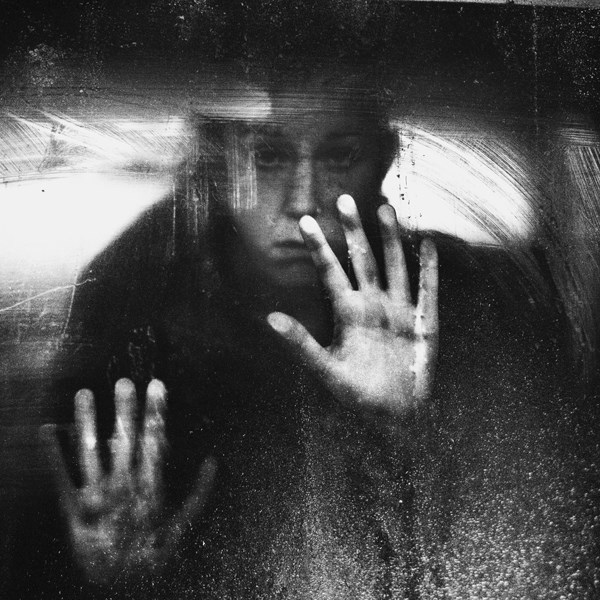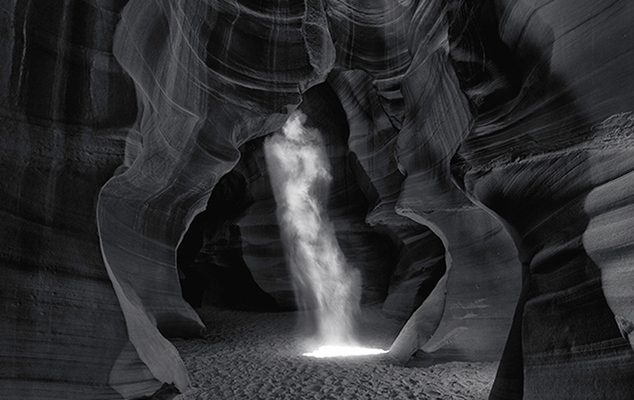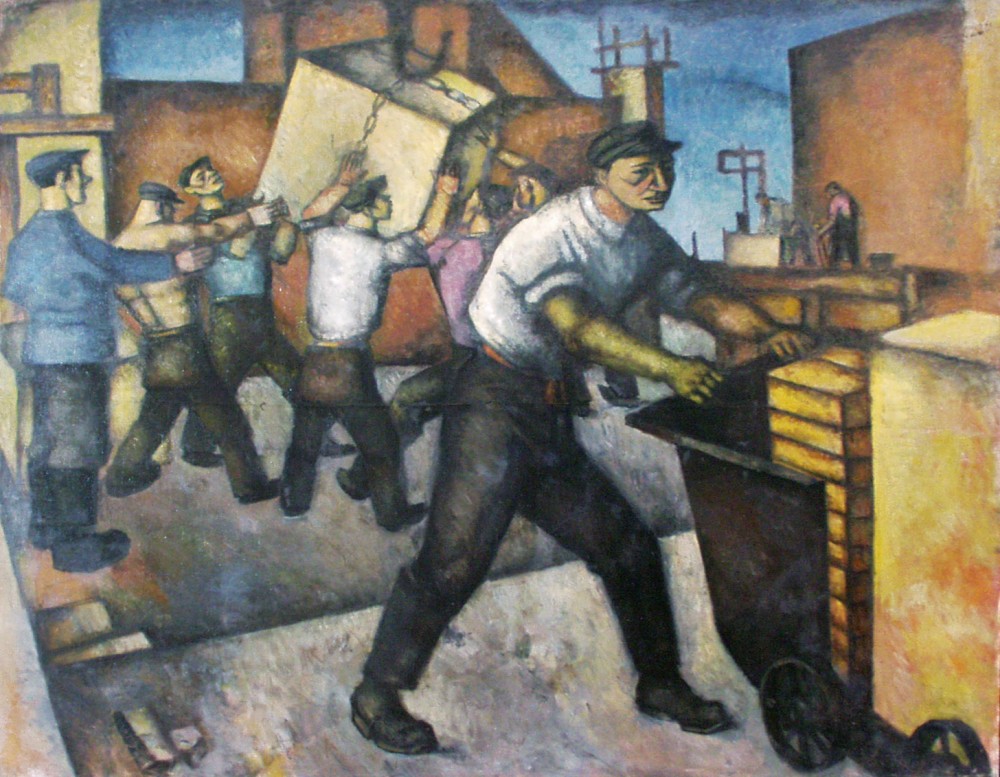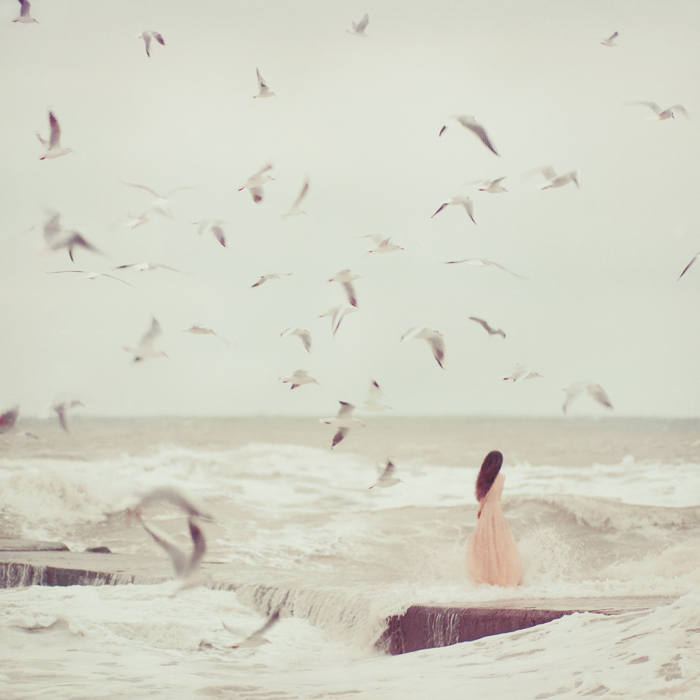completely divorced
The shell is a symbol in art: the blessed gift of the seas …
 Shells, melancholy collected on the shore under the gentle splashing of the waves – the main souvenir, which is usually brought from the sea. Having become more mature, we appreciate not only the beautiful creations of mother nature, but also their embodiments in everyday life and art. Oh, how elegant porcelain is good, even if it is no longer Meissen, and what marvelous scenes in the pictures! And the shells there is not a simple detail.
Shells, melancholy collected on the shore under the gentle splashing of the waves – the main souvenir, which is usually brought from the sea. Having become more mature, we appreciate not only the beautiful creations of mother nature, but also their embodiments in everyday life and art. Oh, how elegant porcelain is good, even if it is no longer Meissen, and what marvelous scenes in the pictures! And the shells there is not a simple detail.
“Venerina” scallop Continue reading
Rococo – gloss of the XVIII century
 Rococo is called the most frivolous and thoughtless of all styles in art. Why then is rococo so significant for Russian visual culture? Why does the definition of the word “Rococo” sound so exotic for our ear – “rococar”? What is the main difference between rococo and baroque, which people of little knowledge often confuse? Finally, why is rococo the direct and immediate ancestor of modern glossy culture? All of this will be discussed below.
Rococo is called the most frivolous and thoughtless of all styles in art. Why then is rococo so significant for Russian visual culture? Why does the definition of the word “Rococo” sound so exotic for our ear – “rococar”? What is the main difference between rococo and baroque, which people of little knowledge often confuse? Finally, why is rococo the direct and immediate ancestor of modern glossy culture? All of this will be discussed below.
Rococo was born in France of the eighteenth century, although the name itself would legitimize only the next century, the nineteenth.
The style got its name from the French word rocaille – shell or sink. Since ancient times, artificial grottoes and bowls of fountains have been decorated with shells, and later, ornaments repeating the twisted, rounded outlines of sinks began to be actively used in the interior design. By the XVIII century, interest in them only grew. Continue reading
CHRISTOPHER JACQUES: LYRIC WORLD OF RAIN AND SNOW
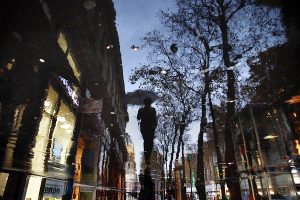 French photographer Christophe Jacques chooses an unusual time for his work. These are moments when the city is dominated by heavy rain; when the world outside the window, through which rain streams run, resembles a mosaic of colored umbrellas; when habitual images are distorted in a curved mirror of wet asphalt; when the lonely figure of a passerby caught in a blizzard dissolves in the distance …
French photographer Christophe Jacques chooses an unusual time for his work. These are moments when the city is dominated by heavy rain; when the world outside the window, through which rain streams run, resembles a mosaic of colored umbrellas; when habitual images are distorted in a curved mirror of wet asphalt; when the lonely figure of a passerby caught in a blizzard dissolves in the distance …
Christoph Jacquot lives and works in Paris. Film director and screenwriter by profession, once he wanted to capture the rainy weather in Paris. So, quite by chance, the cycle of photo works “Paris in the rain” was born, and soon his photobook was published. Continue reading

